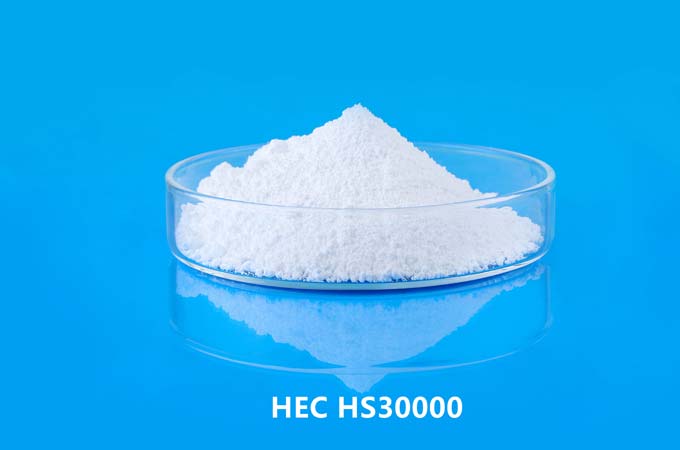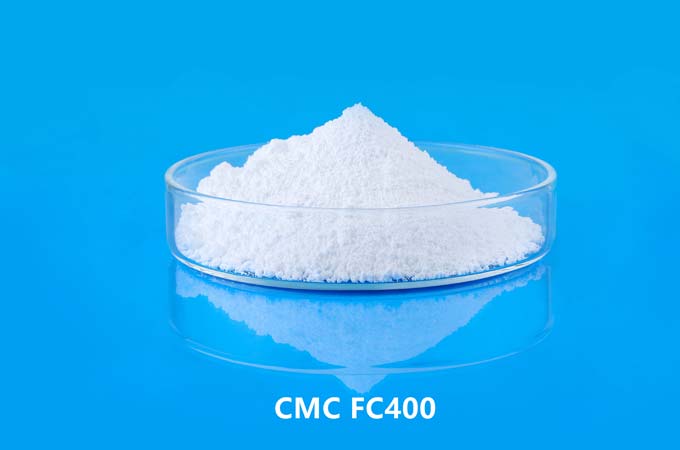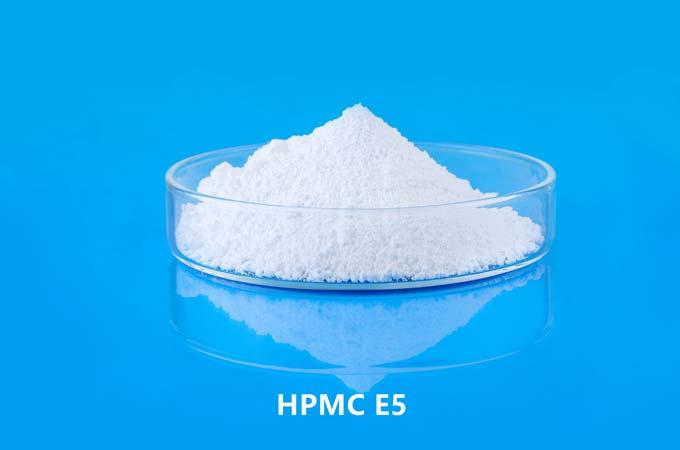The word "excipient" is derived from Latin and means "except". The functions of pharmaceutical excipients include providing more performance to the preparation, enhancing the physical and chemical changes of the drug, assisting the handling of the raw material drug during the production process, providing stability and improving taste.
Certain excipients perform multiple functions. Hypromellose, for example, has been widely used as an emulsifying agent, coating agent, suspending agent, thickener or tablet binder. The dividing line between APIs and excipients is very thin. Sometimes excipients are even used as active ingredients. For example, as an auxiliary material, glycerin is basically used as a plasticizer, a cosolvent, a humectant, a sweetener, a preservative, and a wetting agent. At the same time, it has been used as a laxative as an API. In recent years, drug innovation has developed rapidly, and excipients have also shown a certain importance. Existing excipients are upgraded by adopting new technologies, such as genetic engineering, advanced production processes and equipment, targeted drug delivery systems, drug targeting, etc.
The export rate has surged. The global pharmaceutical excipients market is occupied by suppliers from the United States, Europe and Japan, which account for 85% of the total market supply. India only accounts for 5% to 7% of them. However, a big advantage for Indian suppliers is that they can offer traditional trimmings at lower prices compared to industry leaders. India is still not a developed excipient production market, and it is estimated that only 10% of excipients produced in India are exported to the US and Europe. As one has observed over the past four or five years, the Indian excipients market has been undergoing steady change, prompting a surge in growth rates for the few excipient exports. It is estimated that by 2020, the Indian accessories market will reach a growth rate of 10% to 12%. The lower pricing of excipients in the Indian market (5%~7% lower) adds to its advantage. Excipients such as starch, gelatin, and capsules are currently in sufficient supply in India and are mostly consumed by Indian domestic pharmaceutical companies.
Excipient exports are expected to increase in the coming years. In addition, many domestic suppliers have obtained GMP certificates and third-party excipient certification program (ExciPact) certification. Factors affecting the pharmaceutical excipients market in India are positive growth in the number of Drug Master Files (DMFs) with 119 certificates obtained in the past 6 years; growing export market; investments in India by international excipient producers and Indian domestic excipient suppliers, and mergers and acquisitions between Indian domestic suppliers; ExciPact certification to Indian domestic suppliers. Established a joint venture company On the list of excipient suppliers for phosphates, pharmaceutical coatings and microcrystalline cellulose (MCC), Hindustan Phosphates, Crest Cellulose, Corel Pharmaceuticals Pharmachem) and Ideal Cures topped the list. It is clear that the alignment of Indian suppliers with global suppliers will help to overcome regulatory hurdles as their production capacity is increased compared to other manufacturers in the local market. One of the best examples is the joint venture between JRS Pharma and Gujarat Microwax to manufacture MCC and disintegrants.
In 2009, the two parties built a new factory specially for the production of disintegrants, and helped JRS Pharmaceuticals develop disintegrants in 2017, doubling the scale. Similarly, DFE Pharma's acquisition of Brahmar Cellulose in 2011 prompted the former to focus on cellulosic excipients and expand its presence in the global market. At present, there are 62 Excipact-certified production plants in the world, and India only accounts for 19% of them. ACG India, which supplies chitosan (HGC) and hypromellose (HPMC) capsule shells, and Ideal Cures India, which supplies coated products, are the suppliers with the largest number of Excipact-certified production facilities. In the next five years, India is likely to become one of the important regions for the production of accessories. In the next five years, India's exports to the United States and Europe will increase by at least 10%. Global pharmaceutical companies prefer to contract with global suppliers with regional presence (local production) or Indian domestic qualified suppliers without regulatory risk (GMP). Forming a joint venture will enable global suppliers to expand their geographic reach and help domestic suppliers in India to improve their production facilities to meet the requirements of pharmaceutical customers.
As a result, the number of top excipient suppliers forming joint ventures with Indian suppliers will grow at a faster rate over the next five years. Indian suppliers should not only focus on producing excipients that meet pharmacopoeia specifications, but also ensure that excipients meet GMP standards; through the concept of "Quality by Design" (QbD), comprehensive considerations of various factors should increase the understanding of the continuous production process. In addition, they must have the ability to work with customers, provide necessary technical assistance, and go the extra mile on their behalf. If regulatory risks are not considered, there will be a great breakthrough in the export of Indian accessories to developed countries.
 English
English 日本語
日本語 français
français Deutsch
Deutsch Español
Español italiano
italiano русский
русский português
português العربية
العربية Türkçe
Türkçe Nederland
Nederland



